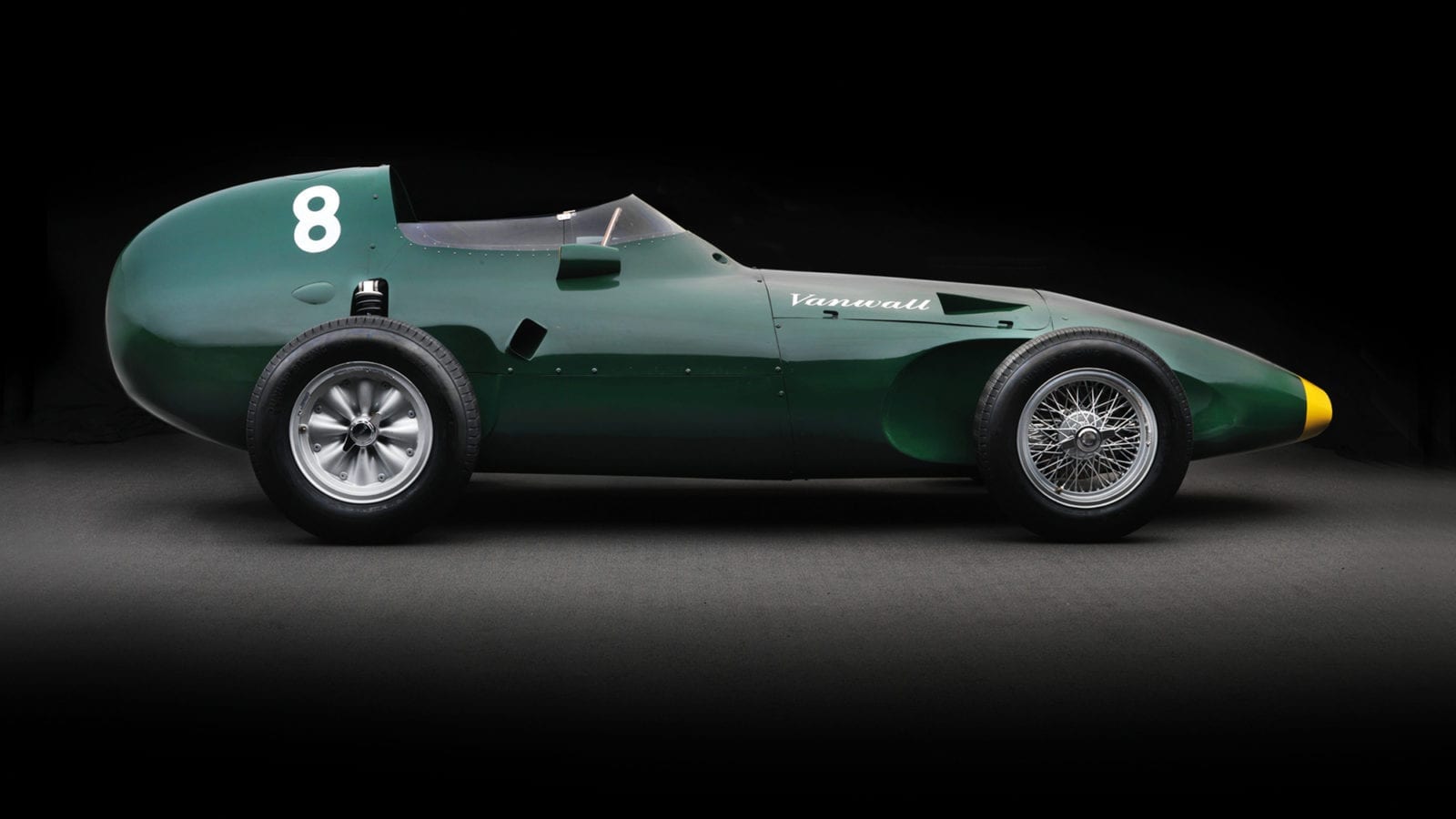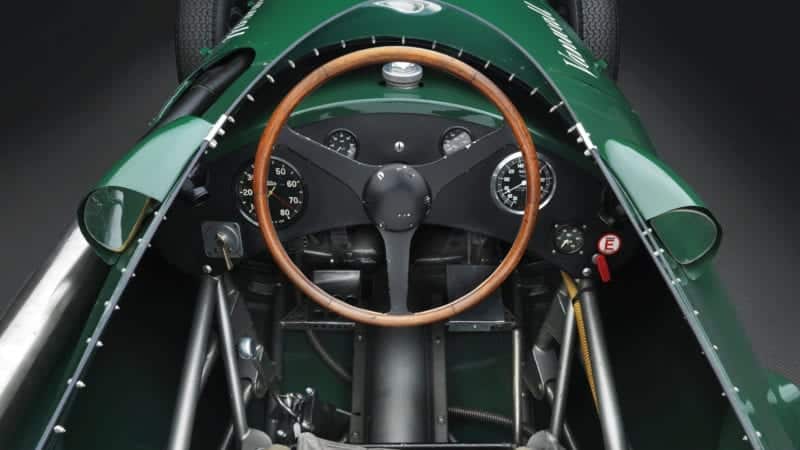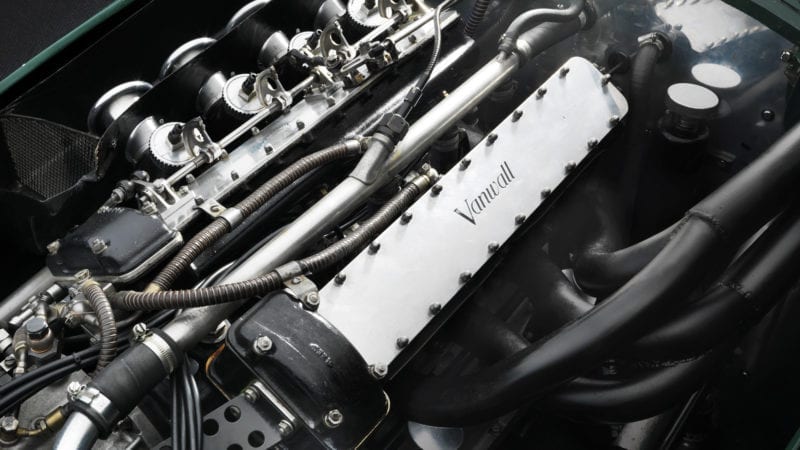Vanwall revived with six replicas
A new continuation series of 1958 Vanwalls will be built from the original drawings and sold — for £1.65m each

Vanwall 1958 says it's still pushing ahead with continuation car plans
Vanwall 1958
Vanwall is back. Not as a Formula 1 team hoping to reproduce the victories that in 1958 made the team inaugural world champion constructors, but as a series of six accurate replicas of which five will be for sale. The sixth, says the new Vanwall company, will be retained as “the core of a Vanwall historic racing team”. Renowned historic experts Hall & Hall will build the cars, to be powered by a recreation of the 2.5-litre four-cylinder twin-cam unit engineered from original drawings, at a price of £1.65m each.
This is a million miles from a previous road-legal Vanwall lookalike. Instead the new single-seaters, intended to be identical in construction to the 1958 cars driven by Stirling Moss, Tony Brooks and Stuart Lewis-Evans, will be eligible for historic racing, potentially offering a grid we haven’t seen since the 1950s. Vanwall remains one of the few teams to have scored maximum points in a season, winning seven of the 11 races in 1958 (top six to count) thus achieving founder Tony Vandervell’s ambition to beat “those bloody red cars” and vanquish Ferrari. Sadly the death of Lewis-Evans that year coupled with Vandervell’s health problems meant the team slowly wound down.

The car will will follow the 1958 spec

The 2.5-litre engine is being recreated from original drawings
Vanwall Group MD Iain Sanderson, a world champion powerboat racer and the man behind the Lightning GT electric supercar, says he’s “in active discussion with buyers”, and hints at investigating possible future road cars, inspired by the original team’s engineering innovation. “The real story is what Vandervell tried to do for postwar Britain. It’s too valuable a name to forget,” he says. The Vanwall cylinder head was derived from a Norton motorcycle unit on a Rolls-Royce military crankcase, Colin Chapman designed the chassis, and aero engineer Frank Costin shaped its rounded flanks purely by science, not by eye.
